The Ferrari's 296 GT3 is a brand-new ground-up racer from Maranello based on the brand's newest and greatest two-seater mid-rear-engined supercar, the 296 GTB. Aimed to be the automaker's torchbearer in sports car competitions and endurance racing, it has been meticulously designed and developed to the last detail per the new GT3 series racing requirements. It is set to continue Ferrari's rich history, deeply rooted in racing, by succeeding Ferrari's most successful racer to date - the 488 GT3. Launched in 2017, the 488 GT3 boasts 429 wins from 770 starts in its standard and Evo guises. The 296 GT3 was designed entirely at Ferrari's Maranello HQ by Ferrari's in-house Competizioni GT unit. It presents a new approach to design, car management at all stages of a race weekend, engine architecture, and racing electronics. For the latter, the division was inspired by Ferrari's F1 team car.
The 296 GT3 is so versatile that it will not only meet Ferrari's factory customer teams' needs but also cater to professional racers and gentlemen drivers for whom racing is first and foremost about driving pleasure and enjoyment. Notably, it's the first Ferrari GT3 to be constructed by French team Oreco, unlike the three previous generations built together with out-of-house tuner Michelotto. Deliveries will begin at the end of 2022 for the racer to get its official motorsport christening at the 2023 Daytona 24 Hours - the opening round of the 2023 IMSA SportsCar Championship. The 296 GT3 will compete against the BMW M4 GT3, Lamborghini Huracán GT3 Evo, and Audi R8 LMS GT3 Evo II, among others. Ferrari remains tight-lipped about price but has promised only a small increase on the 488 GT3, which has gone up to $600,000.
The 296 GT3 is the latest race car from Maranello and is set to write new pages in the Prancing Horse's motorsport history. Here are 10 sick facts about the Ferrari 296 GT3.
10 Inspired by The 1961 Ferrari 250 LM
Style-wise, the 296 GT3 borrows from the simple and functional design of the 1963 Ferrari 250 LM (Le Mans). The production model was based on the race car that gave Ferrari its last overall win at the 24 Hours Of Le Mans, also called the 250 LM. Notably, this very successful racer, which won more accolades under privateer teams, never got homologated as a GT racer.
The 296 GT3, a perfect blend between performance and aesthetics, is still recognizable as a Ferrari because it also mimics the elegant design of its modern roadgoing counterpart, the 296 GTB. It only adds features specific to it like the aero devices.
9 1st Ferrari V6 Track Car In 50 Years
With the 296 GT3, Ferrari has produced its first six-cylinder GT race car in 5 decades. The last Prancing horse racer to bring a V6 on track was the 1961 246 SP. The model won the Targa Florio in 1961, and its engine was later used in Dino models, made by the Italian carmaker as affordable options but not fully branded as Ferraris.
The 120-degree positioned V6 has its twin turbos stuffed between the wide cylinder banks, bringing benefits in terms of packaging and weight. Ferrari has repositioned the powerplant lower down and farther forward than the roadgoing version, giving the 296 GT3 a lower center of gravity and 10% higher torsional rigidity.
8 Extremely Aero-Optimized
The aerodynamics of the 296 GT3 are aggressive to say the least. According to Ferrari, much development was invested in helping the car exploit air to maximize grip and handling on track. The aero-heavy design at the front includes a carbon fiber splitter, dive planes, and multiple front wings vents.
They're joined by a carbon-fiber engine cover, reworked diffuser, extractors, and a gigantic 'swan-neck' wing at the rear. Also part of the effort are the enlarged side skirts, and wing mirrors reshaped to reduce drag. As a result, the brand-new GT3 racer generates 20% downforce more than its predecessor - the 488 GT3.
7 Pretty Fancy & Comfortable Race Car Interior
The 296 GT3 might only be a GT racer, but its fancy interior with plenty of exposed carbon fiber and many cool digital readouts is a big highlight. IT got completely redesigned with input from factory and customer teams' drivers. Inspired by its F1 car, Ferrari has moved most functions to the steering wheel to minimize the time for operating controls.
Promising to be more comfortable than the 488 GT3 for extended runs, the cockpit is air-conditioned for adequate ventilation in all conditions. The pedals include are also adjustable, catering to drivers of different heights. The 296 GT3 has the latest Sabelt seats positioned for optimal visibility day and night and a steel roll cage extremely strong and stiff for crash protection.
6 Purely Gas-Powered V6 Engine
An interesting fact about the 296 GT3 powertrain is that there is no electrification technology like in the 296 GTB. Using a 3.0-liter, twin-turbocharged V6, it's good for 600 hp and 523 lb-ft. Notably, the power is lower than the 296 GTB's as the racing version ditches the electric power unit and also because Ferrari detuned it to meet GT3 class regulations.
Still, the power is around 50 more ponies than what the 488 GT3 makes. The V6 engine is compatible with new biofuels used in racing and has lower fuel consumption (without sacrificing performance). The better efficiency will allow more flexible race strategies and reduce race intervention time on track.
5 Bespoke GT3-Specific Transmission
Ferrari has equipped the 296 GT3 with a bespoke GT3-specific six-speed sequential transmission. It's positioned transversely to improve aerodynamics and weight distribution. The transmission's construction is aimed at keeping weight down, which is why it features a magnesium case and a single-disc clutch with electronic actuation controllable from the steering wheel via paddle shifters.
Interestingly, the car's alternator is attached to the gearbox to improve its compactness and rigidity. At the same time, it will save time during races by allowing easy access for technicians.
4 Very Rigid Yet Lightweight Chassis
Drawing on the experience of the 488 GT3 chassis, the benchmark in GT3 racing, the 296 GT3 safety structure was made using the most advanced technologies, simulations, and research, especially in construction materials and alloys. It is entirely new and fully aluminum-made for lightness and strength. The result is superb handling, making the 296 GT3 easy and fun to drive for amateur drivers and adaptable to various circuits.
With a carbon-fiber body and an aluminum roof, the car weighs only 2756 lbs./1250 kg (no gas, no driver). Because of the chassis lightness, better and more efficient ballast management has been made possible, which means the 296 GT3 can fully use the tires' grip without wearing the rubber fast in just a few laps. This improves performance and ensures repeatability over many laps without pitting for fresh rubber.
3 Cutting-Edge Racing World Electronics
The 296 GT3's electronics are a significant upgrade over its predecessor. Its bespoke control hardware and software systems use racing-specific components and programs. The Bosch Motorsport MS7 control unit, which Ferrari further customized for the car's engine control software, is the heart of the car's electrical system.
By integrating the various units via high-speed CAN communications, driver control and real-time interaction via the steering wheel has been made very precise and responsive. The control unit can be personalized to send analysis for professional use of telemetry to the pits in real-time. Customers can elect to add optional TPMS or IRTPMS systems for tire temperature and pressure measurements.
2 Highly Serviceable & Customizable Track Weapon
One of the main goals for Ferrari when designing and developing the 296 GT3 was to make it easier to run and fix during races. It's highly serviceable. The front and rear bodywork can be fully detached and changed in seconds in the pits if on-track damage affects aerodynamics or performance. The idea to help teams cut down on time in the pits came from collaboration with Ferrari's Scuderia F1 team.
Although essentially a racer, the 296 GT3 comes with a wide range of standard equipment and will still be very customizable like Ferrari's road cars. The carmaker will allow buyers and teams to customize it to their tastes and requirements, from aesthetics to incorporating unique technical features, such as those for endurance racing.
1 Tested Rigorously
Designed for extreme use, the 296 GT3 has been thoroughly tested. Every component underwent extensive and intensive simulation sessions, from the engine to its chassis. The race car was then put through its paces on some of Europe's most demanding racetracks, where it completed tens of thousands of miles, testing the tires, aerodynamics, and performance.
The last rigorous endurance tests were done in Maranello's 4WD Dyno. The 296 GT3 was found to meet Ferrari's high reliability and performance standards, as well as the stringent regulatory standards and crash tests for GT series homologation.

----Front-side.jpg)


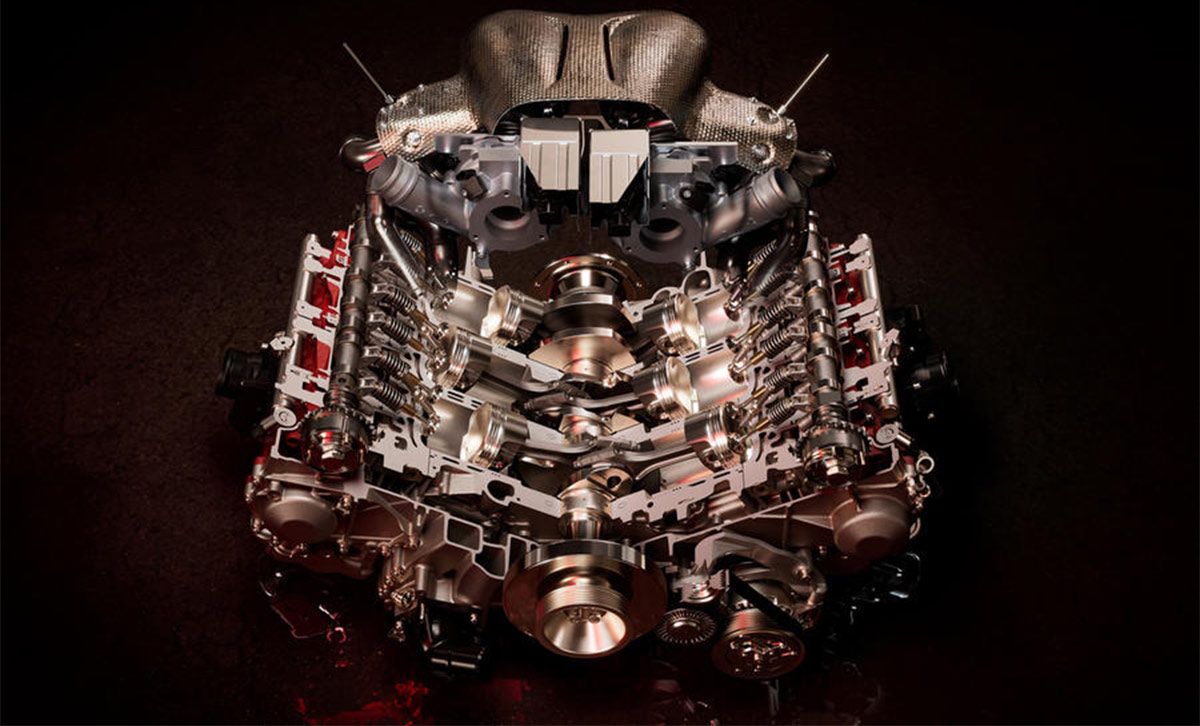
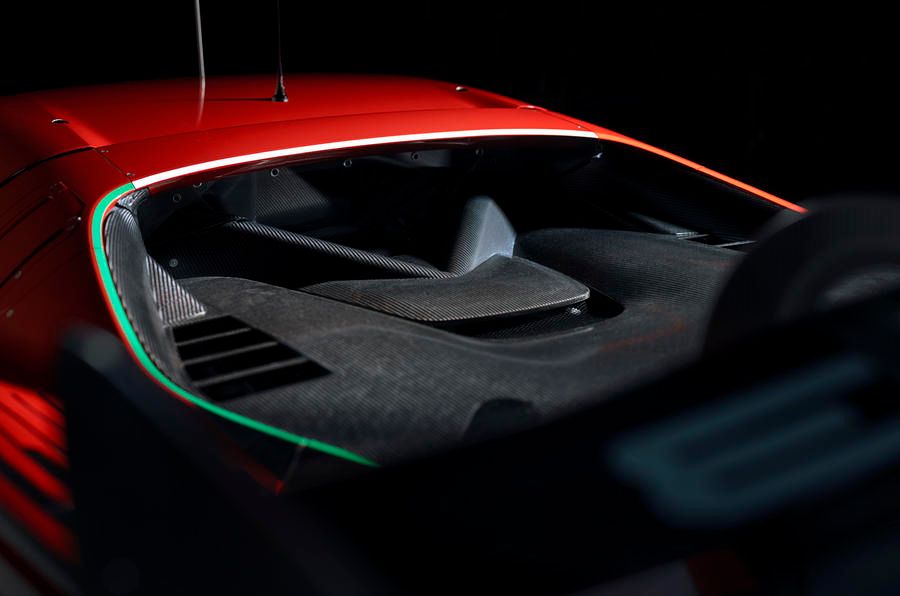
---Front-Right-Top-Angle.jpg)
---Rear-Top-Angle.jpg)
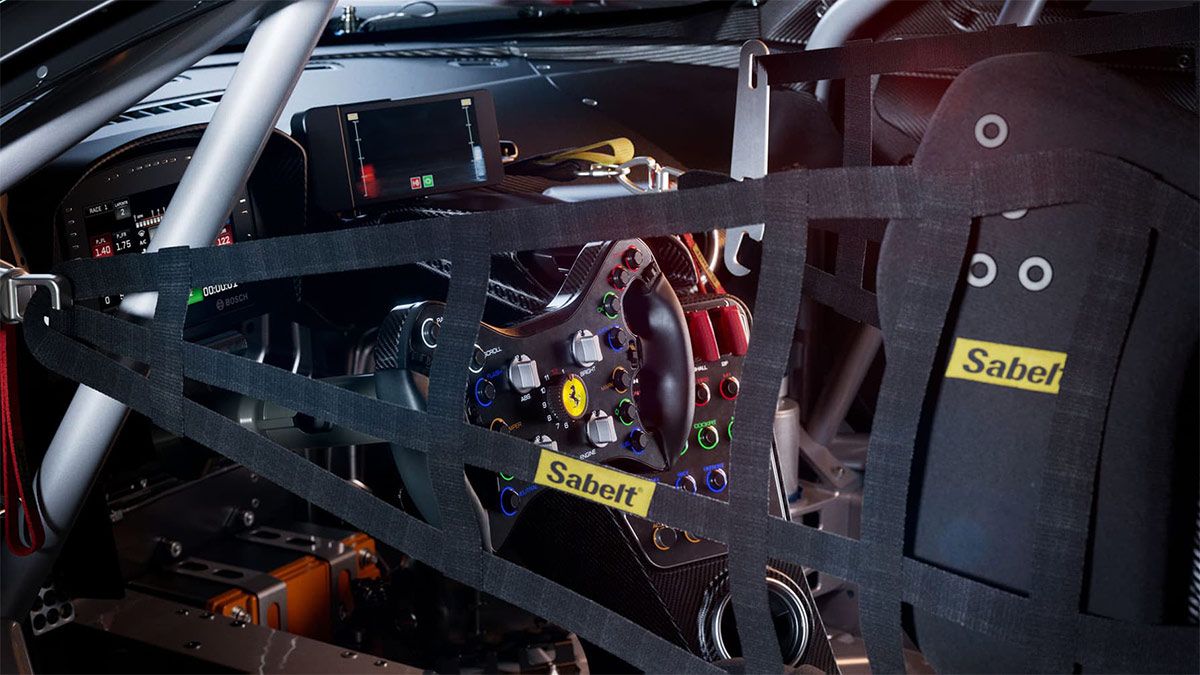
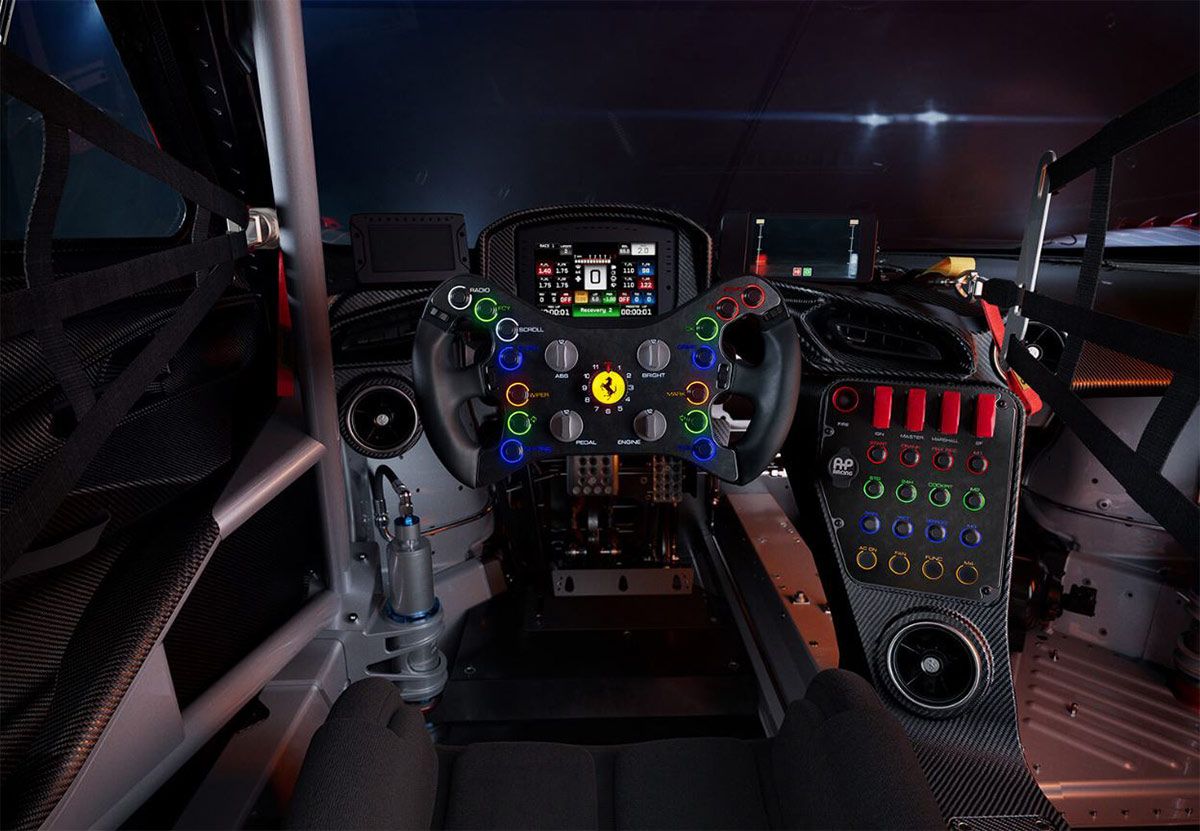
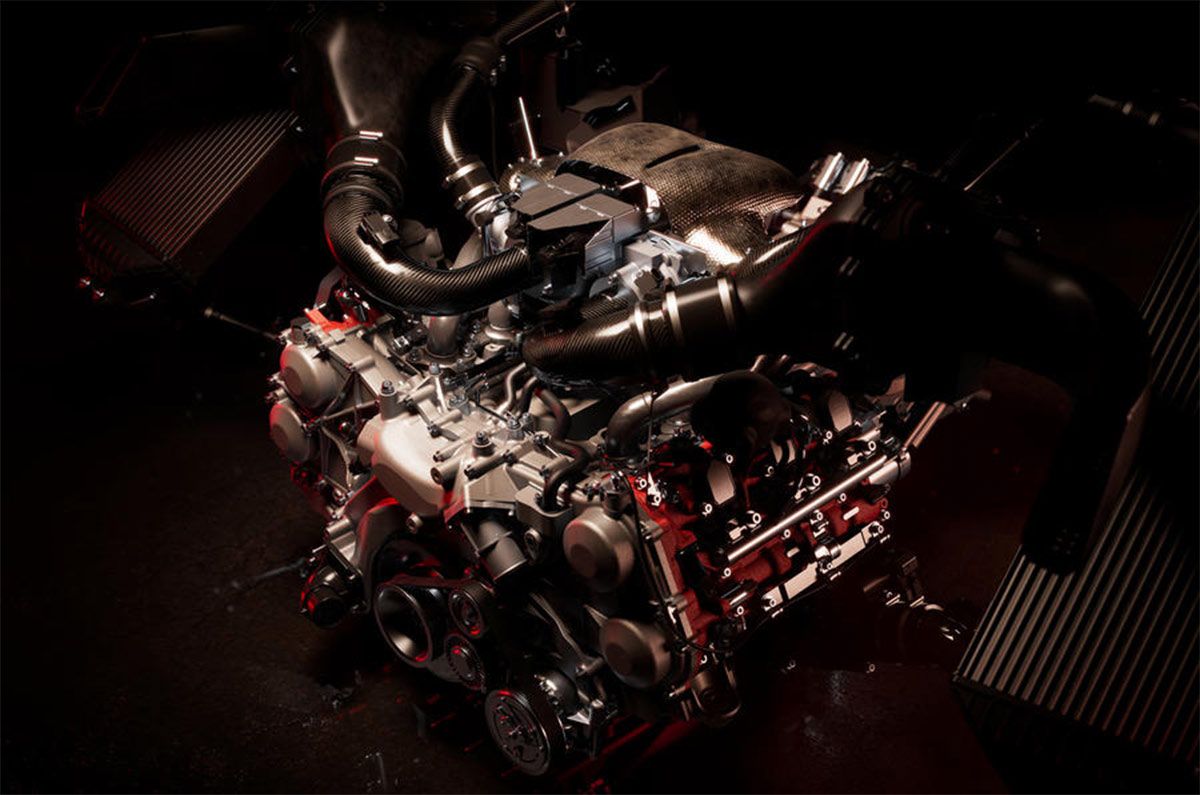
---Front-Right.jpg)
---Side.jpg)
---Real-Left-Angle.jpg)

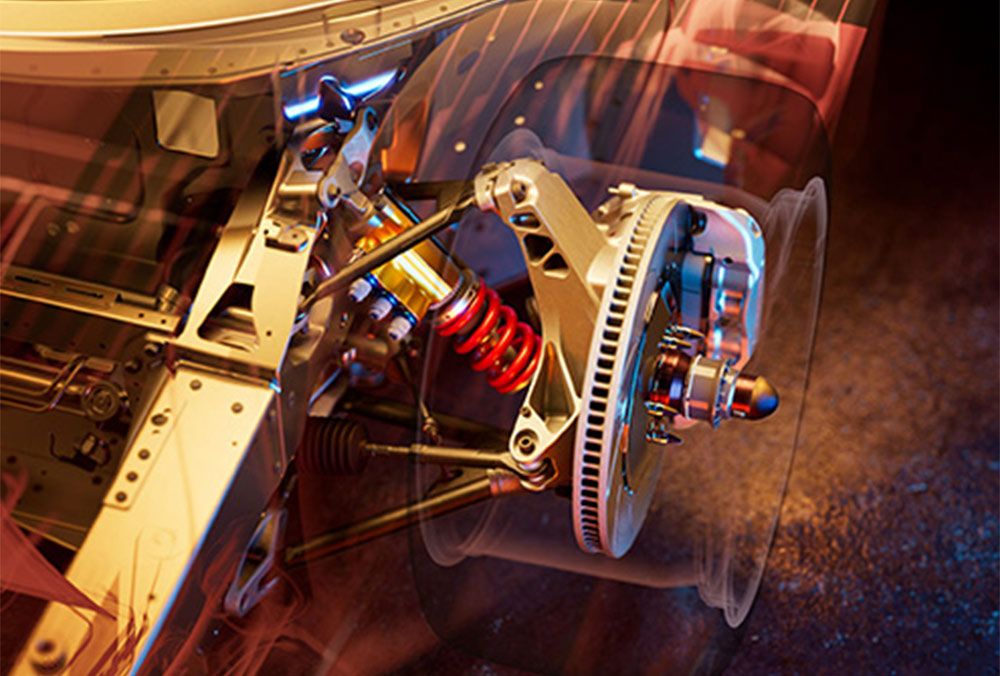
--Front.jpg)
---Rear-Side.jpg)
-Dissambled---Top.jpg)
---Side.jpg)
-Testing-On-Track---Side.jpg)
-On-Track---Side.jpg)